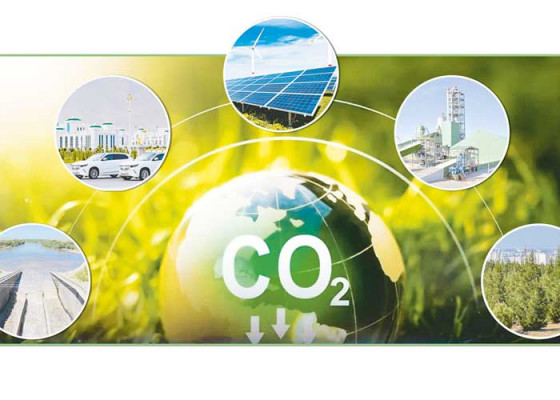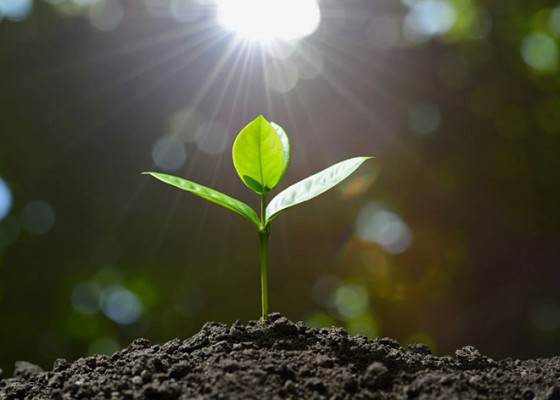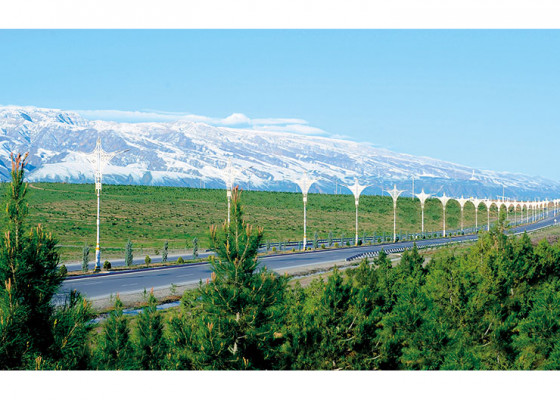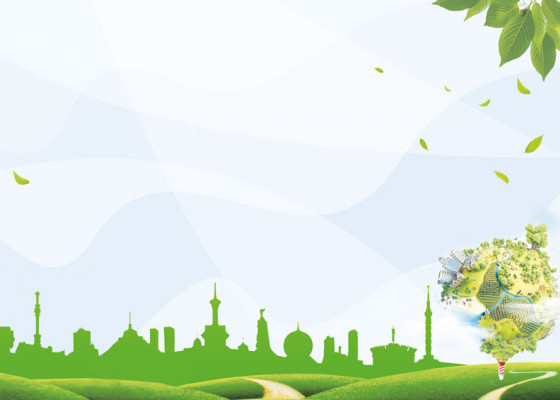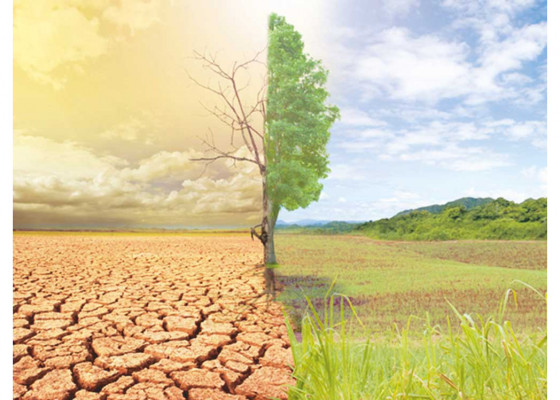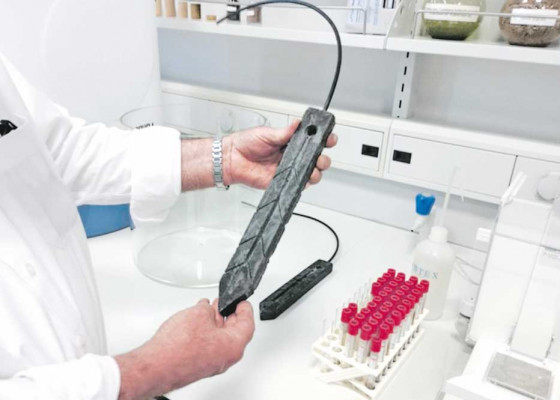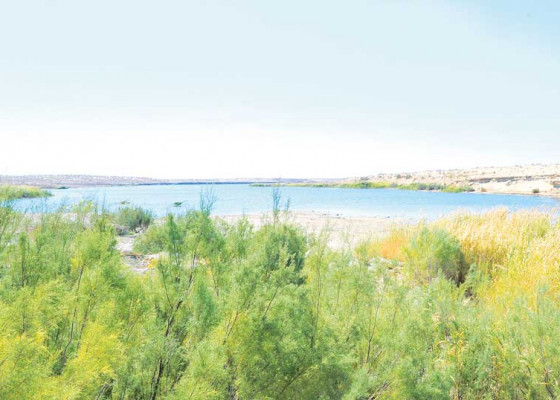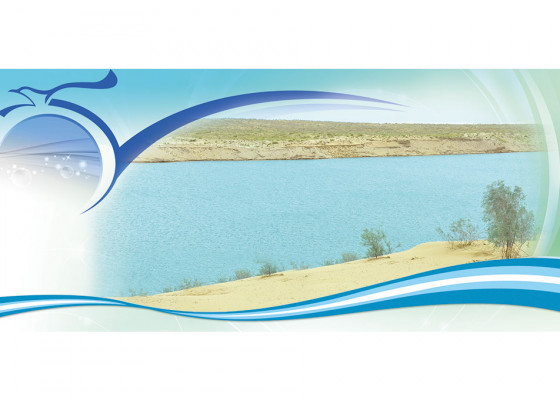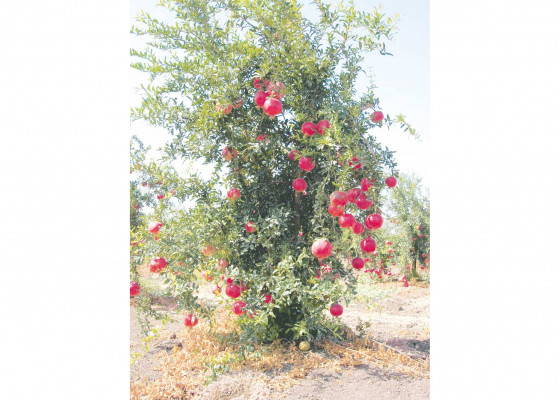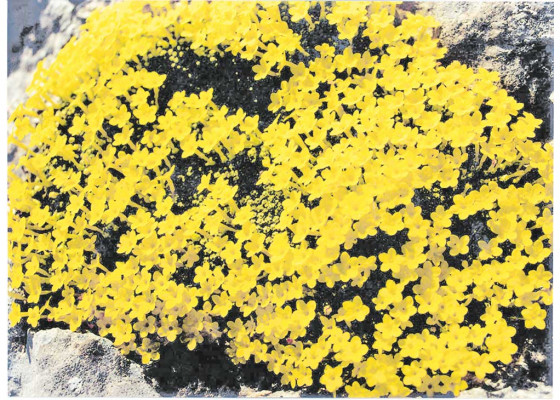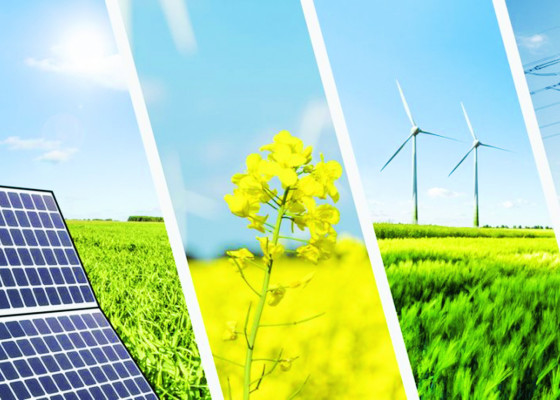To Support Sustainable Development
“Her Land, Her Rights” was the theme of this year’s International Day to Combat Desertification and Drought, which calls for women’s equal access to land and land-related assets – a direct investment in the future of their children and entire humanity. Thus, the international community indicates that it is time for women to be more actively involved in decision-making on land restoration and drought resilience. Desertification, drought and other factors of climate change are now familiar not only to arid territories, they have acquired the global status of factors that affect the system of international environmental security, the socioeconomic stability of agrarian regions of the planet and the development of countries with a hot climate. Scientists believe that in order to reduce the rate of desertification, it is necessary to perform reforestation, purified and desalinated water reuse, phyto-reclamation, soil enrichment and fertilisation and to promote natural land regeneration. The Ecological Day is associated with the adoption of the United Nations Convention to Combat Desertification (June 17, 1994), which Turkmenistan ratified in 1996. A year later, it began to implement its own action programme, the range of tasks of which includes the rational use of pastures, the development of forestry, the afforestation of shifting sands, the improvement of the condition



